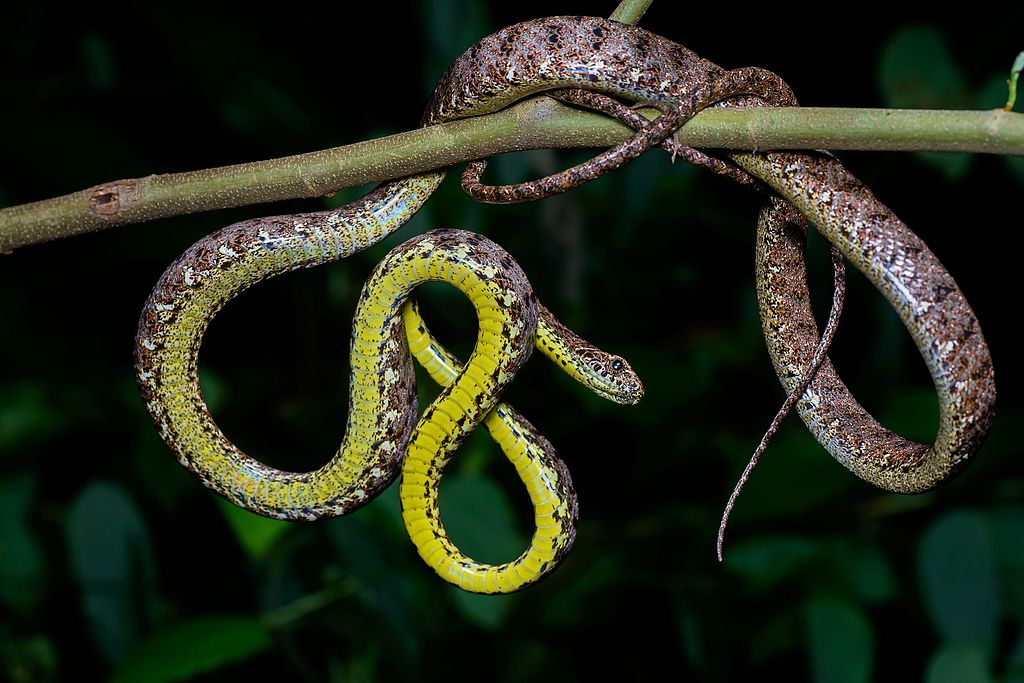In the mysterious world of reptiles, certain species have evolved fascinating adaptations for survival. Among these, the phenomenon of snakes utilizing abandoned nests represents a remarkable intersection of opportunistic behavior and ecological efficiency. These serpents have mastered the art of repurposing what other creatures leave behind, creating safe havens within structures they never built themselves. This practice not only showcases the remarkable adaptability of these reptiles but also highlights the complex interconnections within ecosystems. In this exploration, we’ll slither into the hidden world of nest-dwelling snakes, uncovering their behaviors, adaptations, and the ecological significance of this unique habit.
The Ecological Niche of Nest-Borrowing Snakes

In the intricate tapestry of ecological relationships, certain snake species have carved out a specialized niche by utilizing the abandoned homes of other animals. This behavior, known as secondary nest utilization, allows these reptiles to benefit from the architectural efforts of birds, rodents, and other nest-building creatures. The practice represents a form of commensalism, where snakes gain shelter without significantly impacting the original builders (who have already departed). These resourceful reptiles most commonly target bird nests, particularly those with cup or cavity designs that offer natural protection from the elements and predators. The behavior demonstrates how evolution favors energy conservation, as constructing shelters requires significant resources that these ectothermic animals can instead direct toward hunting and reproduction.
Common Species Known for Nest Occupation

Several snake species across different families have independently evolved the behavior of utilizing abandoned nests. Rat snakes (Pantherophis species) are perhaps the most well-known nest occupiers in North America, with the Eastern Rat Snake frequently documented coiling within vacated bird nests high in trees. In tropical regions, various tree snakes including members of the Boiga genus opportunistically use abandoned nests as temporary shelters during their arboreal wanderings. The European Grass Snake (Natrix natrix) has been observed utilizing abandoned bird nests in wetland areas, particularly those constructed by water birds. Certain pit vipers, including some Bothrops species in South America, may occasionally shelter in ground nests previously excavated by rodents or other burrowing animals. These diverse examples across unrelated snake lineages demonstrate how this beneficial behavior has evolved multiple times independently.
Structural Preferences in Nest Selection

Snakes exhibit clear preferences when selecting abandoned nests for temporary or extended occupation. Cup-shaped bird nests with well-defined walls provide natural barriers that help snakes maintain their coiled position without expending energy. Cavity nests, whether in trees or ground burrows, offer superior protection from the elements and visual concealment from predators, making them particularly attractive to security-conscious serpents. The structural integrity of the nest plays a crucial role in selection, as deteriorating nests might collapse under the snake’s weight or expose them to predators. Research indicates that many nest-utilizing snakes prefer nests positioned at intermediate heights—high enough to avoid ground predators but accessible enough to reach with minimal energy expenditure. These preferences demonstrate the sophisticated decision-making capabilities that guide these reptiles toward optimal shelter choices.
Seasonal Patterns of Nest Utilization

The timing of nest occupation by snakes follows distinct seasonal patterns influenced by both environmental conditions and the life cycles of nest-building species. In temperate regions, snake utilization of nests often peaks in late summer and early autumn, after most bird breeding seasons have concluded and nests stand empty. During colder months, certain species may seek out well-insulated nests as winter refuges, sometimes remaining coiled in place for extended periods of reduced activity. In tropical areas, the pattern becomes more complex, with nest utilization often corresponding to seasonal shifts between wet and dry periods. Female snakes of some species show increased nest-seeking behavior during their reproductive cycles, utilizing these pre-built structures as secure locations for egg-laying or giving live birth. The predictable seasonal availability of abandoned nests has likely contributed to the evolution and persistence of this behavior across multiple snake lineages.
The Perfect Coil: Thermoregulatory Benefits

The characteristic coiled posture adopted by snakes within abandoned nests serves critical thermoregulatory functions essential for these ectothermic animals. The coiled position minimizes surface area exposure, significantly reducing heat loss in cooler environments and helping maintain optimal body temperature with minimal energy expenditure. Abandoned nests, particularly those constructed with insulating materials like plant fibers, fur, or feathers, create microenvironments that fluctuate less dramatically than the surrounding air temperature. For snakes in colder climates, this thermal buffer can mean the difference between survival and fatal hypothermia during temperature drops. Some species have been observed adjusting their coil tightness in response to temperature changes, coiling more tightly during cold periods and loosening during warmer intervals. This behavioral thermoregulation, combined with the insulating properties of nest materials, creates an energy-efficient solution to one of the fundamental challenges facing reptiles.
Defensive Advantages of Nest Occupation
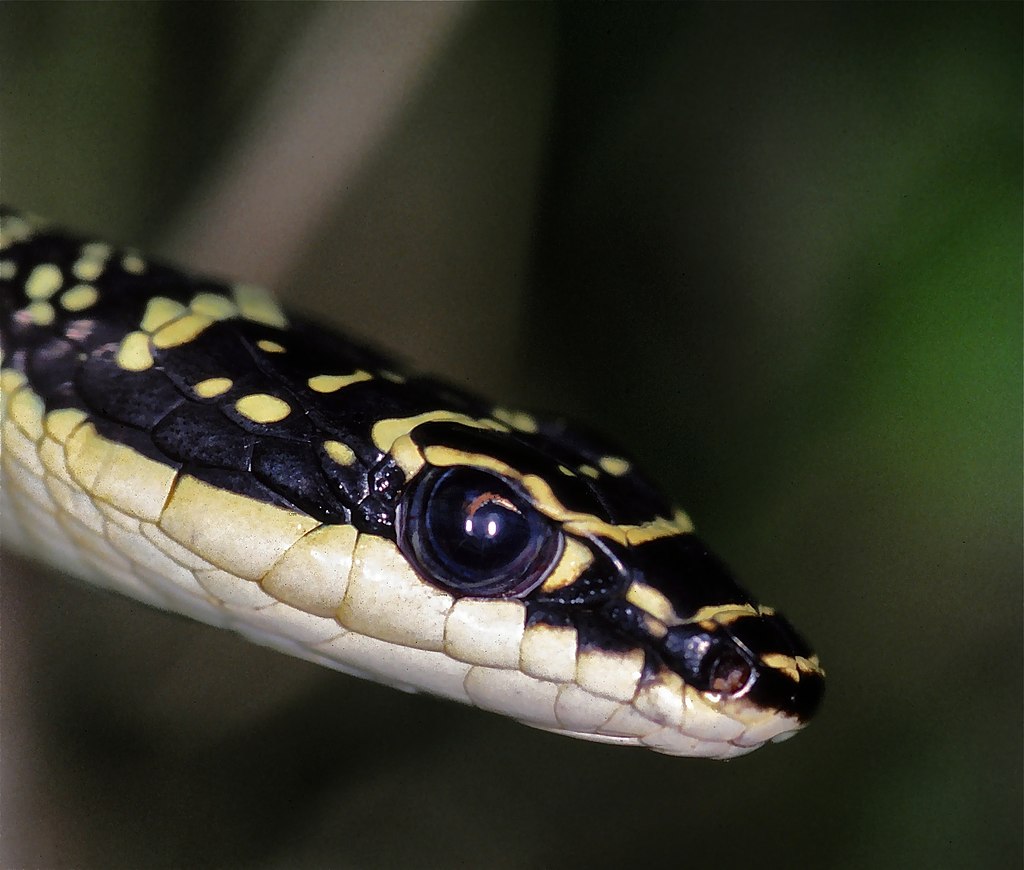
Utilizing abandoned nests offers significant defensive benefits that enhance snake survival in predator-rich environments. The elevated position of tree nests places snakes beyond the reach of many terrestrial predators, including mammalian carnivores that might otherwise target them. The enclosed nature of cavity nests provides visual concealment, making detection less likely by predatory birds with keen eyesight. The coiled posture adopted within nests also represents a defensive preparation, allowing for rapid strike deployment if threatened, particularly in venomous species. Many abandoned nests retain scent profiles different from those of snakes, potentially creating olfactory camouflage that makes detection by scent-hunting predators more difficult. These combined defensive advantages make nest utilization a highly adaptive strategy in environments where predation pressure on snakes remains substantial.
Reproductive Strategies and Nest Usage
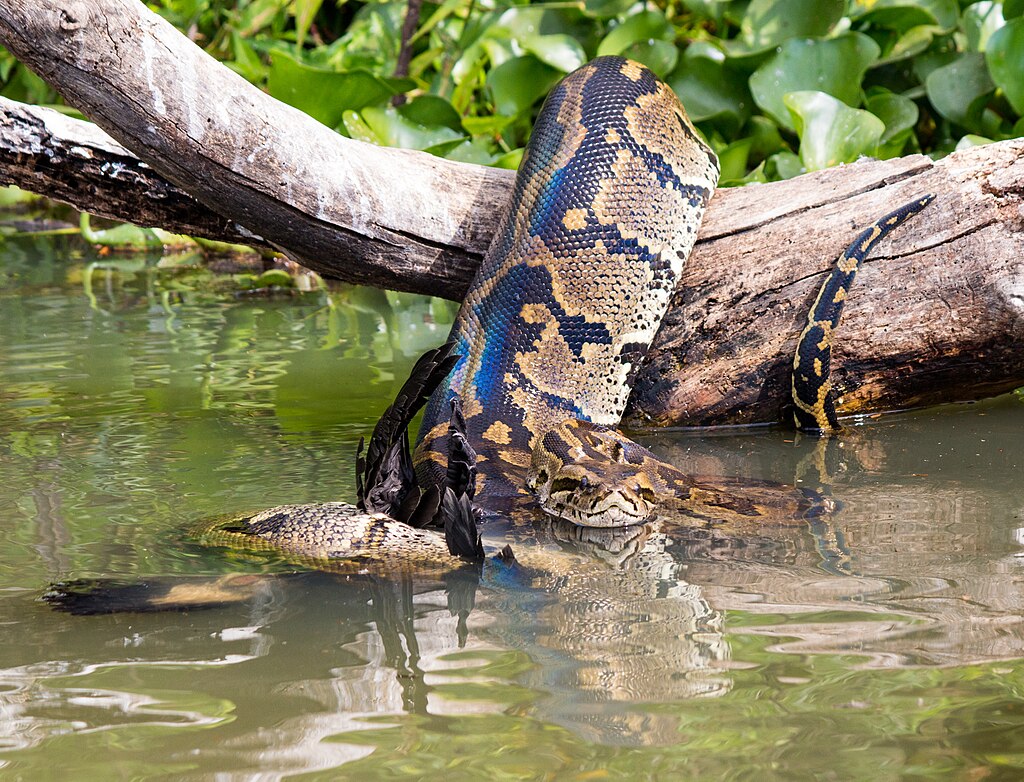
For some snake species, abandoned nests serve critical roles in their reproductive cycles, providing safe havens for some of their most vulnerable life stages. Female snakes of certain species deliberately seek out abandoned nests as secure egg deposition sites, benefiting from the structural protection and often favorable microclimate conditions. The insulating properties of nest materials can help maintain optimal incubation temperatures for developing eggs, potentially increasing hatching success rates. In viviparous (live-bearing) snake species, pregnant females may utilize abandoned nests as birthing chambers, remaining coiled within these protected spaces through parturition. Research has documented cases where multiple female snakes utilize the same abandoned nest site across different breeding seasons, suggesting these locations may represent traditional reproductive resources within certain populations. This reproductive dimension adds significant evolutionary value to the behavior of nest utilization beyond simple shelter benefits.
Ecological Interactions with Original Nest Builders
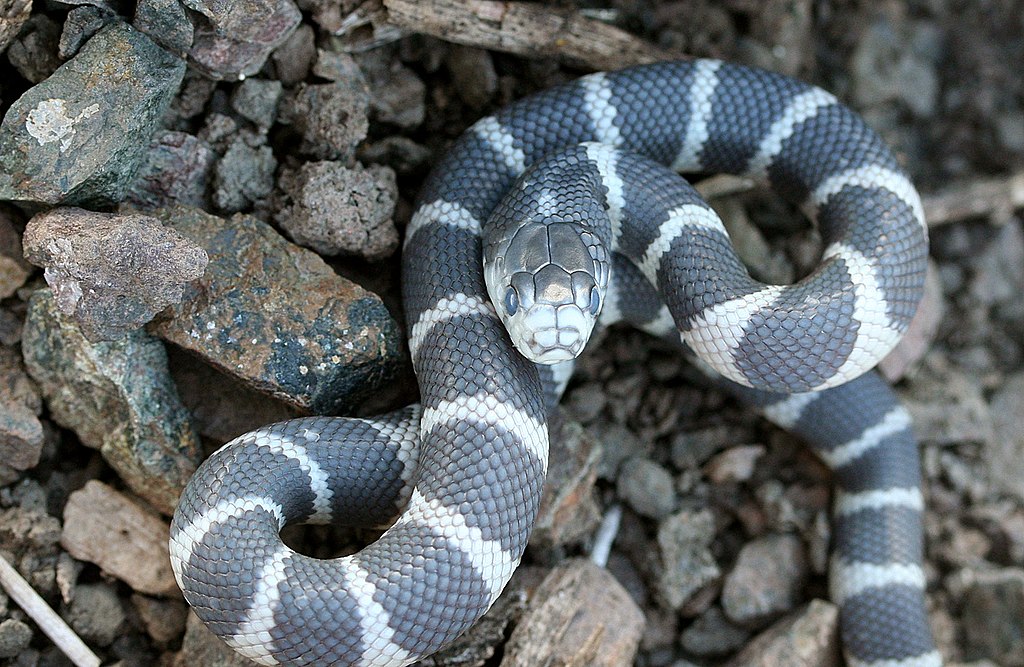
The relationship between snakes and the original builders of their adopted shelters creates fascinating ecological interactions that span from neutral to potentially antagonistic. Though snakes typically occupy nests only after abandonment, occasional timing overlaps can create direct confrontations with the original inhabitants, particularly when snakes investigate active nests as potential prey sources. Some bird species have developed behavioral adaptations to reduce snake predation, including alarm calls specifically evolved to alert colony members to snake presence. In areas with high snake density, certain bird species select nest sites with physical features that limit snake access, demonstrating the evolutionary pressure these reptiles exert on nest builder behaviors. Research has documented cases where regular snake predation on eggs or nestlings has driven evolutionary shifts in nest architecture among bird populations, creating an arms race between predator access and defensive construction. These complex interactions illustrate how snake nest utilization behavior ripples through ecological communities.
Observational Challenges for Researchers
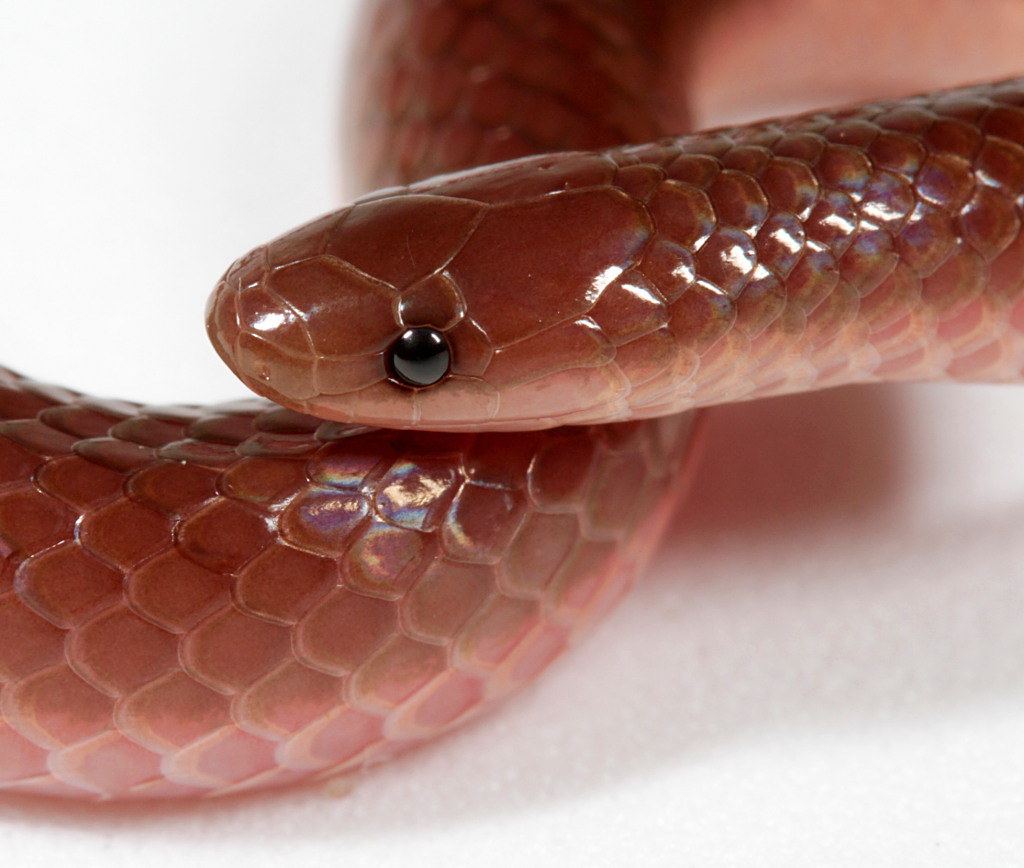
Studying snake utilization of abandoned nests presents unique challenges that have limited scientific understanding of this behavior despite its ecological significance. The cryptic nature of snakes, combined with their often nocturnal activity patterns, makes direct observation of nest entry and utilization behaviors exceptionally difficult under natural conditions. Traditional research methods like radio telemetry frequently fail to provide the fine-scale spatial data needed to confirm actual nest occupation versus general proximity to nest sites. The temporary nature of many nest utilization events, sometimes lasting only hours or days, creates sampling challenges that can lead to significant underreporting of the behavior’s frequency. Distinguishing between predatory visits to nests (seeking eggs or nestlings) and actual shelter-seeking behavior requires extended observation periods rarely feasible in field studies. These methodological limitations suggest that nest utilization by snakes may be substantially more common than current scientific literature indicates, representing an area ripe for research innovation.
Urban Adaptations and Human Interactions
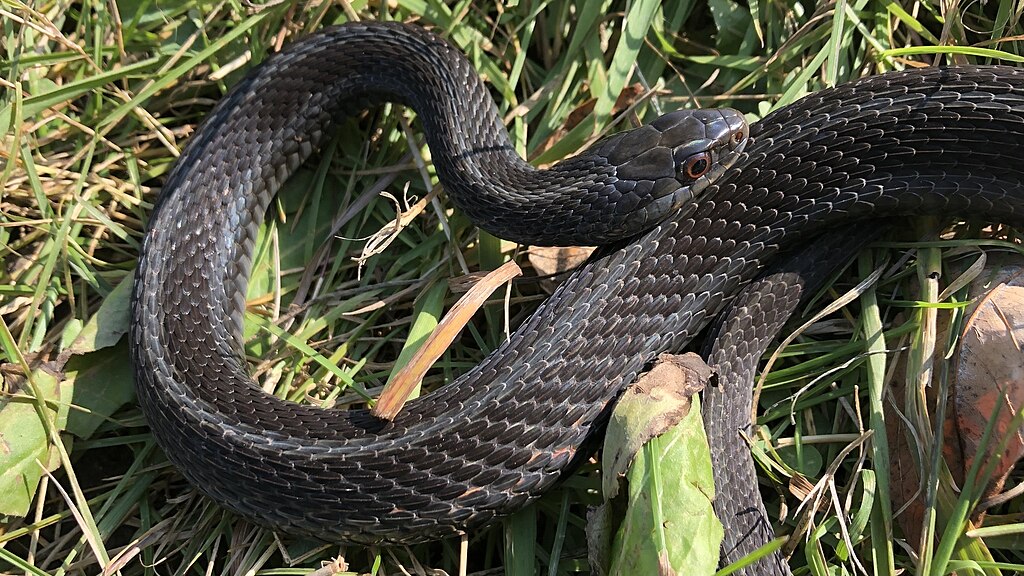
As human development increasingly transforms natural landscapes, some nest-utilizing snake species have demonstrated remarkable adaptability to urbanized environments. Rat snakes and other common nest users frequently adapt to utilizing man-made structures that mimic natural nest characteristics, including birdhouses, roof spaces, and abandoned building materials. In suburban areas, conflicts occasionally arise when snakes occupy decorative wreaths, mailboxes, or garden features that resemble natural nest structures, creating unexpected encounters with human residents. Some species appear to track the distribution of synanthropic birds (those adapted to human environments), utilizing the abundance of nest structures these birds create around human habitations. Conservation efforts increasingly recognize the importance of maintaining habitat features that support both nest-building species and the snakes that secondarily utilize these structures, creating management plans that accommodate this ecological relationship. These urban adaptations showcase the behavioral plasticity that has allowed some snake species to persist and even thrive alongside human population expansion.
Conservation Implications of Nest Dependencies
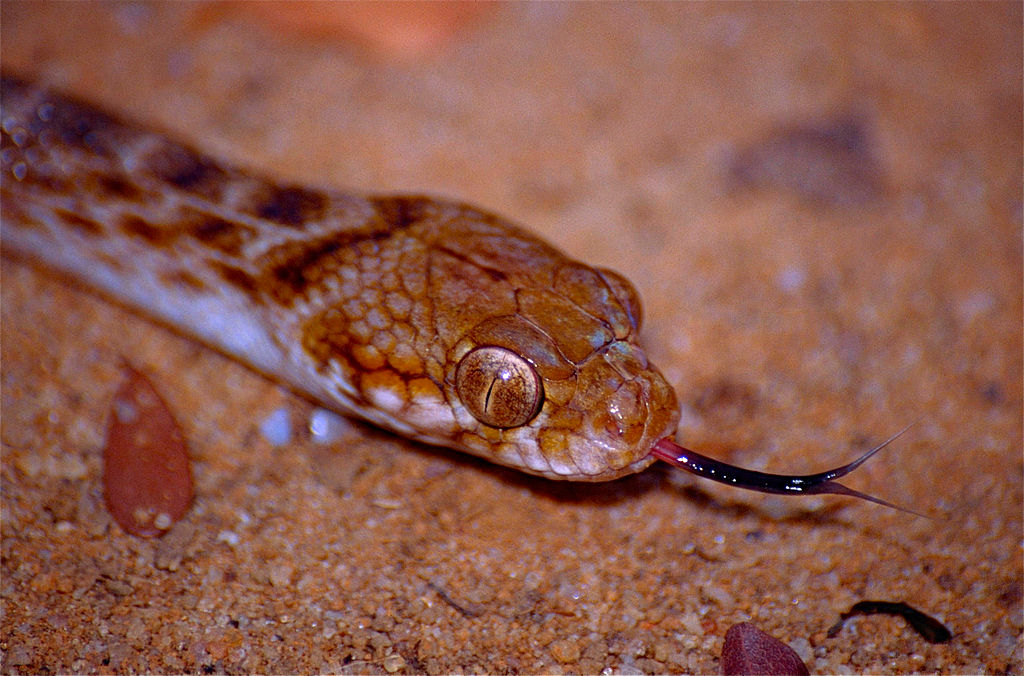
The reliance of certain snake populations on abandoned nests creates important conservation considerations as both nest builders and nest utilizers face mounting environmental pressures. Declines in bird populations directly reduce the availability of abandoned nest structures, potentially creating resource limitations for snake species that regularly depend on these shelters. Conservation strategies increasingly recognize the importance of protecting not just individual species but the ecological processes and relationships between them, including this nest builder-nest user dynamic. In managed landscapes, the removal of dead trees and other natural nest sites can disproportionately impact both primary nest builders and their snake beneficiaries, highlighting the need for retention of these habitat elements. Climate change may further disrupt the synchrony between nest abandonment and snake utilization timing, potentially creating phenological mismatches that reduce the adaptive value of this behavior. These complex dependencies underscore how comprehensive conservation approaches must consider ecological relationships rather than focusing solely on individual species protection.
Cultural Perceptions and Folklore
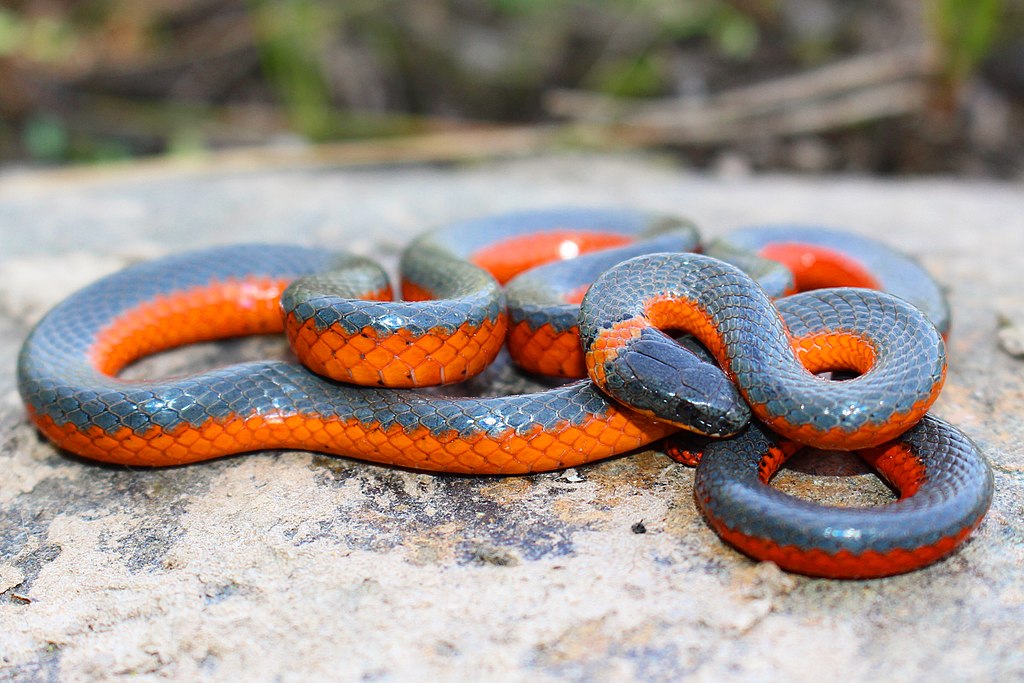
The image of a snake coiled within a nest has penetrated human cultural consciousness across diverse societies, often carrying powerful symbolic significance. In many Western traditions, the discovery of a snake in a bird’s nest became a potent symbol of betrayal and hidden danger, influencing artwork and literature through centuries of cultural evolution. Conversely, some Eastern philosophical traditions view the coiled snake as representing dormant potential energy or spiritual awakening, particularly when nestled in circular structures that mirror the geometric perfection of the coil. Indigenous knowledge systems across multiple continents have documented this behavior, often incorporating it into traditional ecological knowledge passed through generations of observation. The snake in the nest motif appears in folklore worldwide as a cautionary element, teaching alertness and the potential for danger in seemingly safe spaces. These cultural interpretations demonstrate how natural history observations become incorporated into human meaning-making across diverse societies and time periods.
Future Research Directions
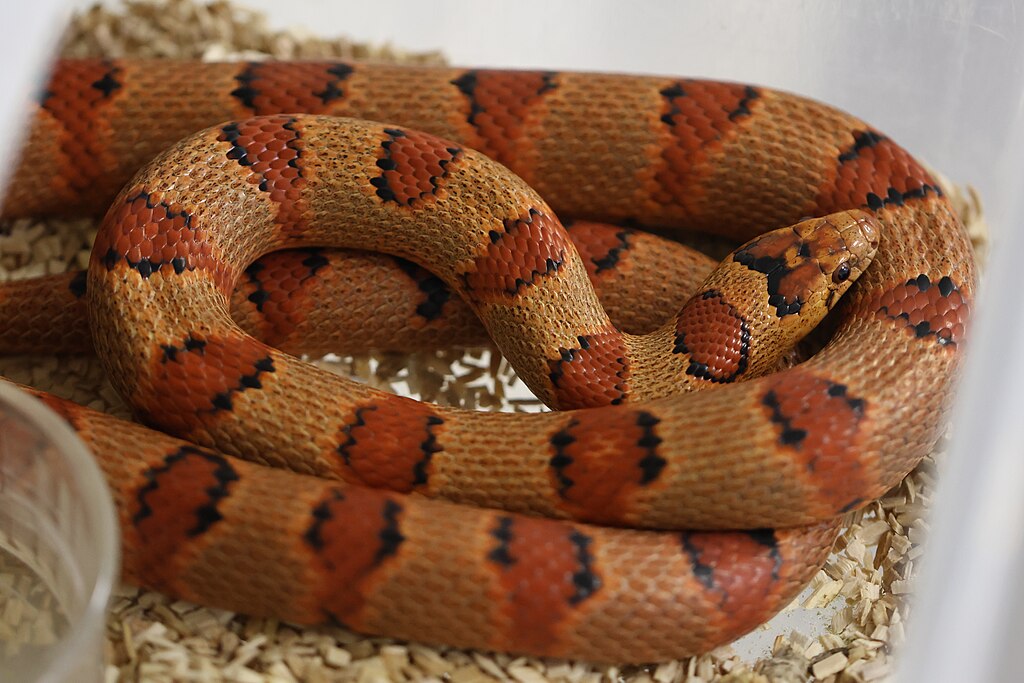
Despite centuries of observation, much remains unknown about snake utilization of abandoned nests, creating abundant opportunities for innovative research approaches. Advanced technologies including miniaturized cameras, environmental DNA sampling, and machine learning algorithms offer promising tools for documenting this behavior more comprehensively than traditional field methods have allowed. Comparative studies across different ecosystems could help identify the environmental factors that influence the prevalence and ecological significance of nest utilization behaviors. Experimental approaches using artificial nest structures might allow researchers to test hypotheses about the specific features that make certain nests more attractive to shelter-seeking snakes. Citizen science initiatives present opportunities to document this behavior across wider geographic areas than professional researchers could cover, potentially revealing previously unknown patterns. As climate change alters the timing of breeding seasons and the distribution of both nest builders and snakes, monitoring these relationships becomes increasingly important for understanding ecosystem responses to environmental change.
In conclusion, the phenomenon of snakes utilizing abandoned nests represents far more than a simple shelter-seeking behavior. It demonstrates the complex interconnections that define ecosystems, where the architectural efforts of one species become vital resources for another. This relationship illustrates nature’s efficiency, where nothing goes to waste and adaptations build upon the activities of other organisms. As we continue to study these coiled nest-dwellers, we gain deeper insights into behavioral ecology, species interdependencies, and the subtle mechanisms that maintain biodiversity. For the snake that sleeps coiled in an abandoned nest, the story is one of opportunism, adaptation, and ecological integration—a reminder that in the natural world, survival often depends on making creative use of what others leave behind.

